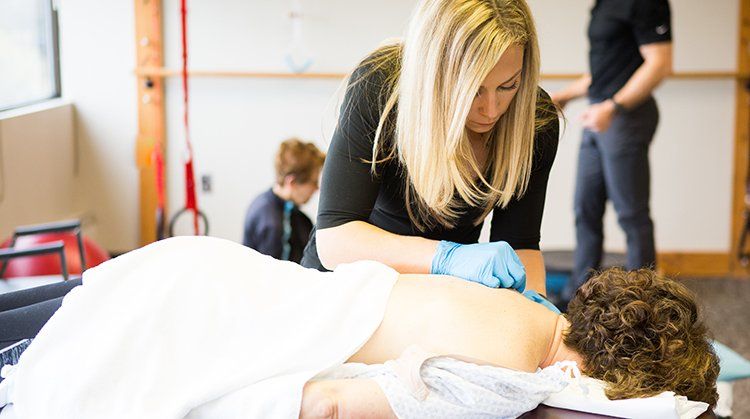



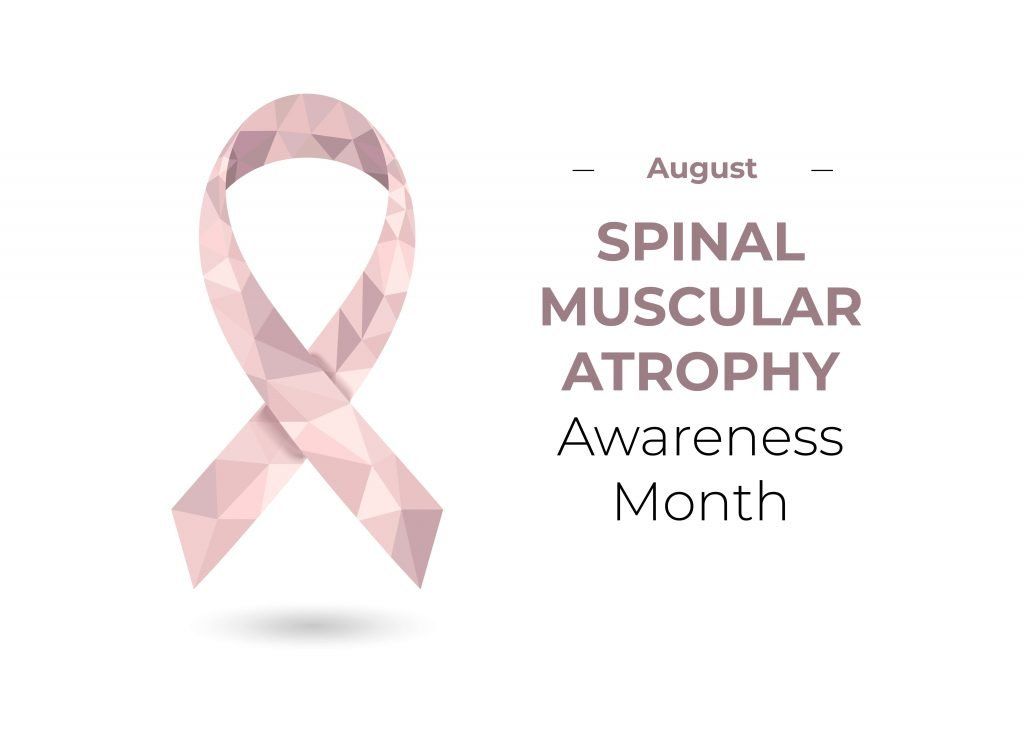
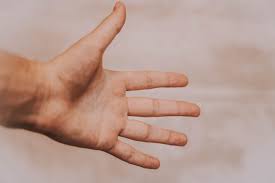

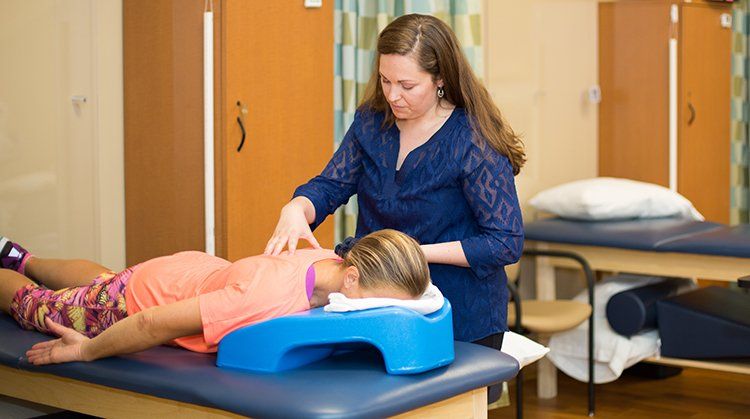
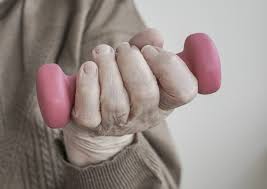
The Centers for Disease Control (CDC) estimates that 1.6 million to 3.8 million people experience concussions during sports and recreational activities annually in the United States. These numbers may be underestimated, as many cases are likely never reported. A physical therapist can assess symptoms to determine if a concussion is present, and treat the injury by guiding the patient through a safe and individualized recovery program.Concussion is a traumatic brain injury that can cause lasting effects on brain tissue and change the chemical balance of the brain. Concussion may cause physical, cognitive, and behavioral symptoms and problems, both short-term and long-term. Every concussion is considered a serious injury by health care providers. If you have experienced a head injury, seek medical help immediately.
Concussion is a brain injury that occurs when the brain is violently shaken. The injury can happen during rapid movement changes (such as whiplash) or when the head is directly hit. This shaking or hitting of the head causes unpredictable injury to any area of the brain, resulting in immediate or delayed changes in the brain's chemistry and function. Less than 10% of concussions involve a loss of consciousness. Depending on which area of the brain suffers injury, many different temporary or permanent problems with brain function can occur.
Motor vehicle collisions (ie, head impact, whiplash)Concussions can occur at any age, from a variety of causes, including:
Recovery from a concussion can take several weeks to several months and sometimes years, depending on many factors, including severity of the injury and the age of the person affected.
Concussion may occur along with other injuries, such as those to the neck and surrounding tissues, which should be managed by a licensed physical therapist. More serious brain injuries, such as bruising, bleeding, or tearing, may also occur and require the immediate care of a medical doctor, such as a neurosurgeon.
CAUTION: Concussions can be fatal or can result in permanent brain damage. S eek medical help from a licensed health care provider following any suspected head injury.
A concussion is a brain injury; patients living with a brain injury often don’t have the language to express how they feel after injury. Therefore, it is important to work with a physical therapist who gets to know you, your family, teammates, and/or coworkers who may notice any changes in you.
There are many symptoms related to concussion, and they can affect your physical, emotional, and mental well-being. Some symptoms occur immediately, some a few hours after the injury, and some show up months or years after a concussion.
It is important to seek medical treatment immediately following any head injury. The risk of death or permanent brain damage from a concussion can be minimized by immediate and appropriate treatment from health care providers, like a physical therapist. Only health care providers have the knowledge and training to identify concussion in the maze of symptoms that can occur following a head injury.
Immediate and short-term symptoms
Physical symptoms of a concussion can include:
Cognitive (thinking) symptoms can include:
Emotional symptoms can include:
Longer-term symptoms
Some concussion symptoms do not go away in the expected time frame. These symptoms may need further testing and treatment by a team of health care providers, including a physical therapist.
Postconcussion syndrome is the term applied to symptoms such as headaches or dizziness that persist for weeks or months after the initial injury.
Second-impact syndrome is a serious, although preventable, complication that can occur after a concussion. If a person who has suffered a recent concussion experiences another concussion, permanent brain damage or death can occur. Permanent brain damage can include learning disabilities, personality changes, walking disability, or other brain or nerve disabilities. Research suggests that a person who suffers a second concussion before the initial concussion has healed, has a 100% chance of permanent brain damage, and a 50% chance of dying.
An example of second-impact syndrome would be a football player who suffers a concussion in a game, keeps playing, and is hit again; or a person who suffers a concussion from whiplash in a car accident, and then falls at home and endures another concussion very soon after the initial injury.
Extreme care should be taken after a concussion to prevent a second injury.
Athletes who suffer a concussion during practice or competition must be removed immediately from play, in order to prevent subsequent concussions and second-impact syndrome. A physical therapist will work to develop safe guidelines for return to play, return to work, and return to life’s daily requirements.
A longer recovery time may be required for those with a history of prior concussions, eye tracking/movement issues from childhood, migraines, attention deficit hyperactivity disorder, or a learning disability. It's important to disclose your entire medical health history to your physical therapist.
Concussion is most often diagnosed through careful testing by your health care provider, such as a physical therapist. Unfortunately, no single test or tool exists to diagnose a concussion. The diagnosis usually does not rely on hi-tech testing, such as an MRI or CT scan, because brain scans often do not show any brain abnormality, even when the person has symptoms of a concussion.
Your physical therapist will ask you many questions to understand all of the symptoms that you are experiencing. He or she also will perform numerous tests to identify problems caused by a concussion, including muscle strength, coordination, balance, sight, smell, hearing, and memory tests.
During treatment, your physical therapist will repeat the same questions and tests frequently to gauge your progress and help judge when you can return to work, school, sport, or recreational activities.
If you are an athlete who underwent preseason memory (neuropsychological) testing, your physical therapist may collaborate with the health care provider who performed that testing to help determine if you have a concussion.
Your physical therapist may also examine your neck for problems following a concussion. Neck injuries can occur at the same time as concussions, and can cause or increase headaches and dizziness.
Physical therapists can evaluate and treat many problems related to concussion. Because no 2 concussions are the same, a physical therapist will examine your neurological, orthopedic, and cardiovascular systems in order to best prescribe a routine to address your particular symptoms and your needs in all of your daily environments.
Treatment may include:
Rest and recovery. Your physical therapist will help you and your family understand why you should limit any kind of activity (daily tasks, work, school, sports, recreation, the use of electronics) after a concussion, until it is safe to return to these activities. A period of rest helps the brain heal and helps symptoms clear up as quickly as possible. Your physical therapist will prescribe the rest and recovery program most appropriate for your condition.
Restoring strength and endurance. The physical and mental rest required after a concussion can result in muscle weakness, and a decrease in physical endurance. Your physical therapist can help you regain your strength and endurance when the right time comes, without making your concussion symptoms worse. It is common for elite-level athletes and fit “weekend warriors” to experience exercise intolerance with concussion and brain injury. Your physical therapist will work with you to identify and treat your particular concussion symptoms.
Your physical therapist will design a therapeutic exercise program just for you, and closely monitor your symptoms as you participate in the program.
Stopping dizziness and improving balance. If you have dizziness or difficulty with your balance following a concussion, a type of physical therapy called vestibular physical therapy may help. The vestibular system, which includes the inner ear and its connections with the brain, helps you keep your balance and prevent dizziness. A qualified vestibular physical therapist may be able to help reduce or stop your dizziness or balance problems after a concussion by applying special treatments or teaching you specific exercises, some of which you may be able to do at home.
Reducing headaches. Your physical therapist will assess the different possible causes of your headaches, and use specific treatments and exercises to reduce and eliminate them. Treatment may include stretches, strength and motion exercises, eye exercises, hands-on techniques like specialized massage, and the use of technologies such as electrical stimulation.
Returning to normal activity or sport. As symptoms ease and you are able to regain your normal strength and endurance without symptoms returning, your physical therapist will help you gradually add normal activities back into your daily routine. Your physical therapist will help you avoid overloading the brain and nervous system as you increase your activity level. Overloading the brain during activity after a concussion interferes with the healing of the brain tissue, and can make your symptoms return. Your physical therapist will help you return to your normal life and sport activities in the quickest and safest way possible, while allowing your brain to properly heal.
While initial injuries can’t always be prevented, it is very important to prevent further injuries to those with concussion. The injured person should be closely protected until all symptoms have cleared, and normal activity can resume.
The risk of concussion can be greatly reduced by taking the following precautions:
It is imperative to prevent second-impact syndrome after an initial concussion. The injured person should be closely protected until all symptoms have cleared, and normal activity can resume.
Sara is a 15-year-old star soccer player. After today's game, she admits to her parents that she is feeling a bit dizzy after "heading" the ball a number of times. She says a little dizziness is “common” for her, but now she has a headache and the bright headlights of oncoming cars are hurting her eyes. Sara has trouble concentrating at home as she tries to do her homework. She also has trouble falling asleep. Her dizziness gets worse when she changes her head position. Her parents worry that she may have a concussion, and check on her throughout the night. They call their physical therapist the next morning, and take her to see him right away.
Sara's physical therapist asks her all about her symptoms. He tests her eye motion, balance, strength, coordination, memory, and face and neck motion. He gently touches her neck and upper shoulder muscles to check for tightness. He also assesses her heart rate’s response to exercise. After a thorough examination, he determines that Sara has indeed suffered a concussion and needs to begin treatment immediately.
First, he explains to Sara and her parents that she will need to "rest her brain" for a few days. That means that she will avoid school, homework, sports, exercise, reading, and TV, cell phone, tablet and computer use, plus anything else that makes her symptoms worse. He encourages Sara to sleep as much as she wants. He explains the importance of avoiding second-impact syndrome. He learns from Sara that her coach had all the athletes take a preseason memory test, so he arranges for her to be retested by the same health care provider.
Sara's physical therapist then begins to address her dizziness by performing some special techniques for the inner ear. After a few minutes, Sara notes that her dizziness is much less. He then gently treats Sara’s tight neck by applying electrical stimulation and specialized massage techniques. He teaches her some easy stretches that she can do at home, and reminds Sara to “rest her brain” for the rest of the day. He gives her parents a handout of directions for symptoms to watch for in Sara while at home, and when to call him or their family physician.
When Sara returns for her next physical therapy treatment, she reports that she has slept much better. She says bright lights are not hurting her eyes as much, and her dizziness is almost gone. Her physical therapist rechecks all the tests he performed before, and notes that she has better neck motion. At the end of her treatment session, Sara says that her headache seems to be less as well.
Sara returns for physical therapy treatment several more times over the next week, and her symptoms rapidly improve.
In the second week, Sara is free of symptoms for 48 hours; her physical therapist determines that she is ready to try a gradual return to activity. He develops a “return to activity” plan, using Sara’s goals and input. She starts performing a little bit of aerobic exercise and low-level strength training during her physical therapy treatments. Her physical therapist watches her closely to see if any symptoms and problems return during the exercises. Sara is able to gradually increase her exercise each day, without the symptoms returning. She also goes back to school for half-days.
During the third week of treatment, Sara's physical therapist determines that she is ready to try easy soccer drills. She is able to remain at school for full days, now, and to complete her homework, with no return of symptoms.
In the fourth week of treatment, Sara is able to perform vigorous soccer drills during her physical therapy treatments, without the concussion symptoms returning at all—even within the following 24 hours. Her physical therapist determines that Sara is ready to attend a short soccer practice; he collaborates with her soccer coach to plan a gradual return to practice and games. Her physical therapist advises her to avoid "heading" the soccer ball for several weeks, and to limit all use of that technique in the future.
Six weeks after the concussion, Sara plays her first game back with her team, is symptom-free, and helps set up a winning goal!
This story was based on a real-life case. Your case may be different. Your physical therapist will tailor a treatment program to your specific case.
MoveFowardPT.com, the official consumer Web site of the American Physical Therapy Association, ©2017








